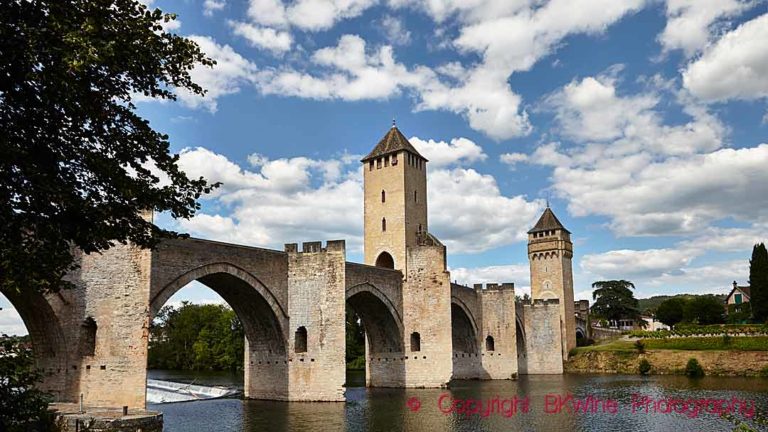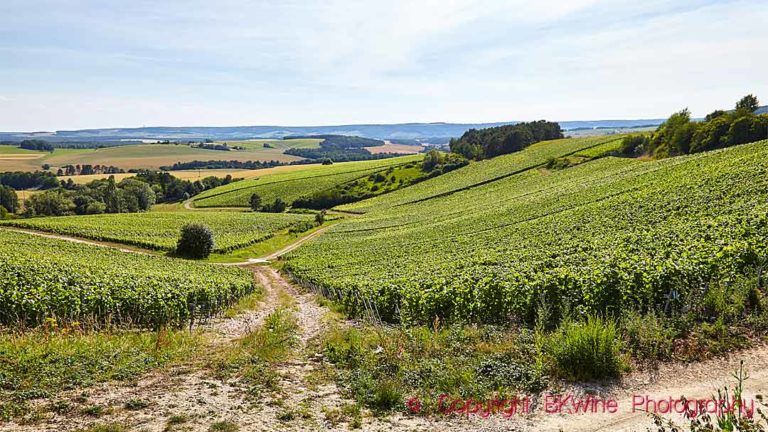Rosé wine has become amazingly popular in recent years. The consumption of rosé increases more than other wines. France is the world’s largest rosé producer. Provence is the region in France that is most famous for its rosé wines and it is also the largest producer with 42% of all rosé. BKWine Magazine’s Henrik Stadler reports from a tasting of Provence rosés.
Looking at the production of rosé wine, France is the largest country followed by Spain, the United States and Italy. If you choose to look at the consumption, the United States is largest followed by UK, Belgium, Germany, Holland and then Sweden in a 6th place. It is interesting to note that the consumption increase in Sweden has been around 750% between 2002 and 2015.
In terms of trends, a general consumption increase of 30% over the last 15 years can be seen, while other wines (except bubbly) have only increased over the same period with 4%. Furthermore, you can see an increase in sugar content of just over 50%. Also, there is a clear trend towards paler wines.
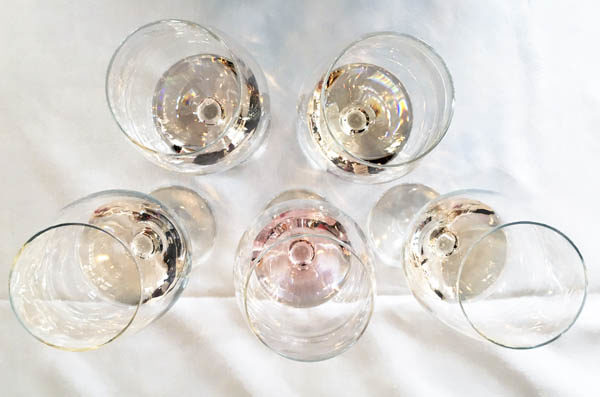
In France 45% of rosé production is AOP (formerly AOC). Production is biggest in Provence, making 42% of all rosé followed by the Loire with 19% and 14% in Rhône.
40% of French production passes a national border so is exported!
The soil in the eastern part of Provence is crystalline rock that forms slate (schist). The western part has more limestone and also clay.
There are 3 main AOPs in Provence:
- Côtes de Provence, 75% of production (with four subregions: Sainte-Victoire, Fréjus, La Londe, Pierrefeu)
- Coteaux d’Aix en Provence, 15%
- Coteaux Varois en Provence, 10%
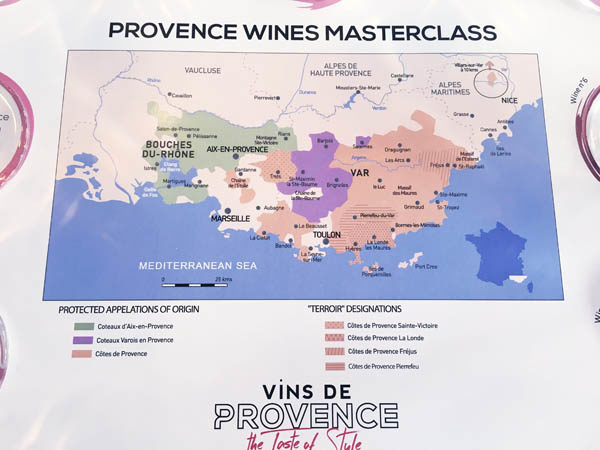
Of the total production of around 27 million hl of wine per year in Provence, 89% is rosé, 7% red and 4% white. There are more than 550 independent growers, around 60 cooperatives and just over 40 negociants.
Provence has more organic vineyards than the average in France, 24% compared to 9% for the whole country. The French people praise Swedes who ask for and often choose organic wine, thus creating a clear trend. Between 2011 and 2014, organic wine from Provence has increased by 45%.
The red grapes used in Provence are in addition to the original cinsault and tibouren also syrah, grenache, mourvèdre, carignan, cabernet sauvignon and counoise. Among white grapes you can find primarily rolle (vermentino), ugni blanc, clairette, sémillon, bourboulenc, grenache blanc and sauvignon blanc.
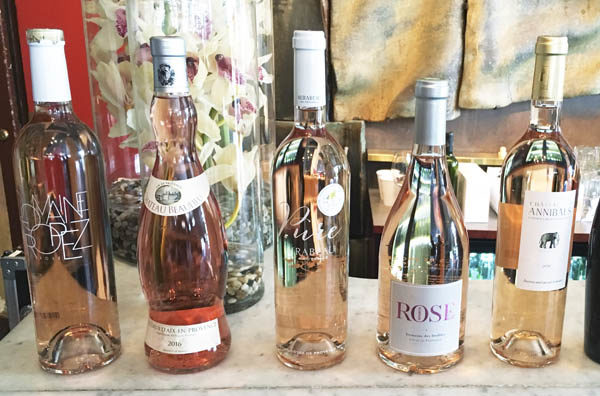
In most cases you use two or more grapes to get a good rose. It usually produces wines that are dry, bright, aromatic and fruity. Rosé wines often work well as aperitif, “social” wine and with dishes like seafood, grilled fish and grilled meat. Also you can try more tasty dishes like sushi, tapas, Chinese and Thai food.
Then we have the question of the colour. Do you mix red wine with white wine? No, not in Provence anyway. (Ed.’s note: it is forbidden within the EU to make rosé by blending red and white wine, except in Champagne.) There are two different methods. Direct pressing and maceration on the skins for a short period of time.
On to the wines, which served in combination with a snack.
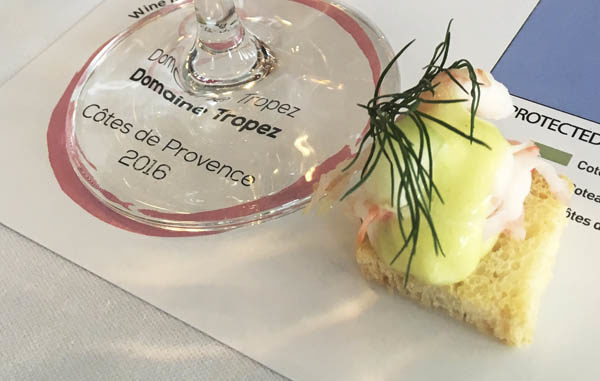
Domaine Tropez 2016, Côtes de Provence
60% Grenache, 30% Cinsault, 10% Syrah. It was served with a sandwich of shrimp, dill and mayonnaise. A successful combination but the wine on its own was not outstanding (nor bad).
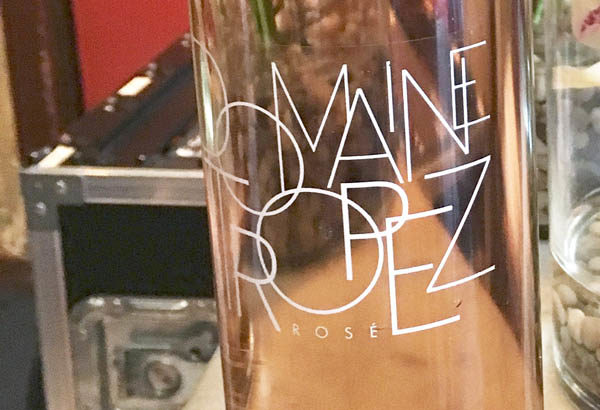
Chateau Beaulieu, Gassier, 2016, Coteaux d’Aix-en-Provence
77% grenache, 13% cabernet sauvignon, 4% rolle and 2% each of syrah, cinsault, mourvèdre.
Served with a bread with fennel, salmon and mustard cream. Superb combination and the wine was also delicious without the food. A very good choice and a definite favourite!

Mirabeau en Provence, Pure 2016, Côtes de Provence
60% Grenache and 40% Syrah. We were served a biscuit with wasabi, tuna and radish with it. Good wine and good combination but nothing extra special.
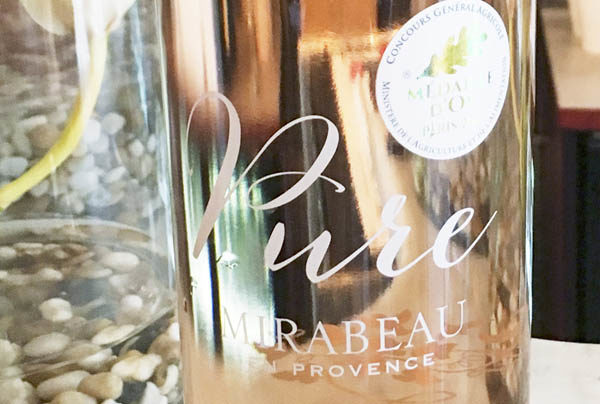
Domaine des Diables, Rosé BonBon 2016, Côtes de Provence Sainte-Victoire
50% cinsault, 30% syrah, 20% grenache. The combination here was a sandwich with duck confit, mayonnaise and pickled onions. Very successful combination and a wine that stood out and became a favourite also on its own.
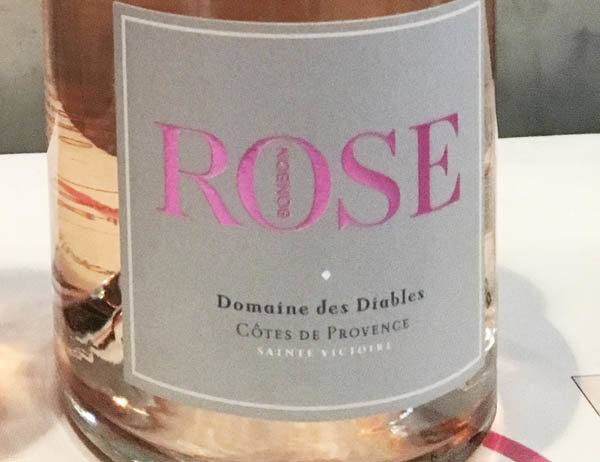
Chateau des Annibals 2016, Coteaux Varois en Provence,
40% Grenache, 30% Syrah, 20% Cinsault, 10% Rolle. Served with a rye bread topped with reindeer, horseradish and apple. A good combination and also good to drink without snacks. Uncontested 3rd place.
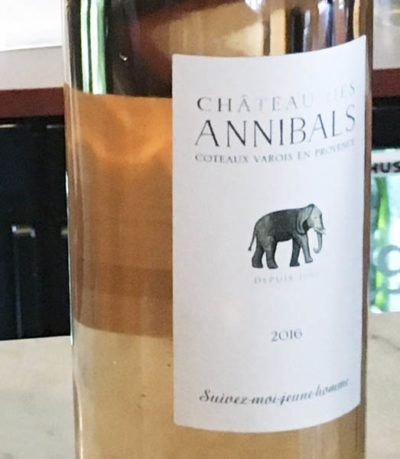
In summary there were two wines that were more to my liking. Chateau Beaulieu, Gassier, 2016, Coteaux d’Aix-en-Provence and Domaine des Diables, Rosé BonBon, 2016 Cotes de Provence Sainte-Victoire were my clear favourites and those I will buy and really want to recommend.
The tasting was arranged by CIVP, Conseil Interprofessionnel des Vins de Provence in Stockholm.
Henrik Stadler writes för BKWine Magazine on wine tastings and wine events in Sweden.




